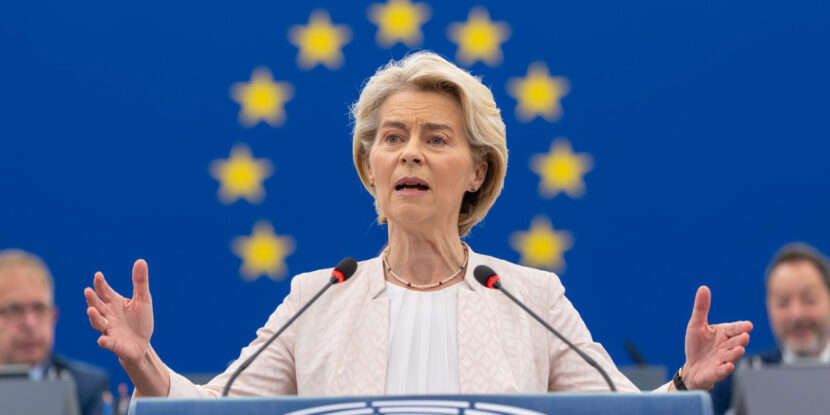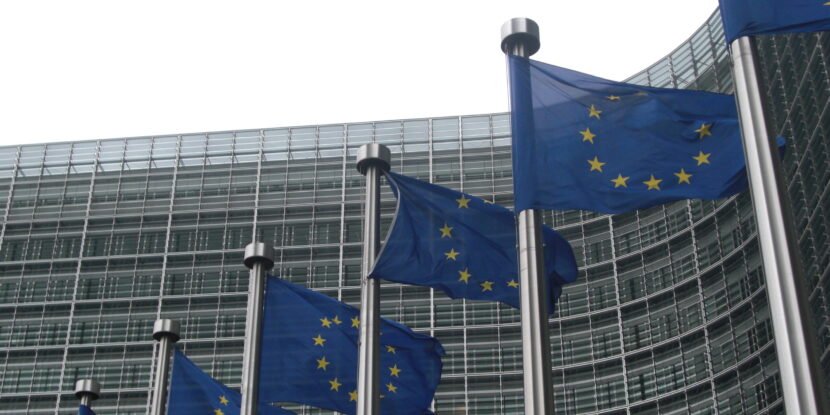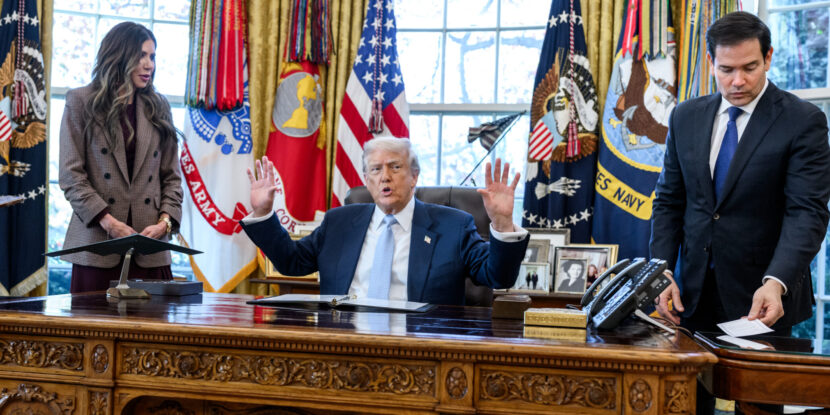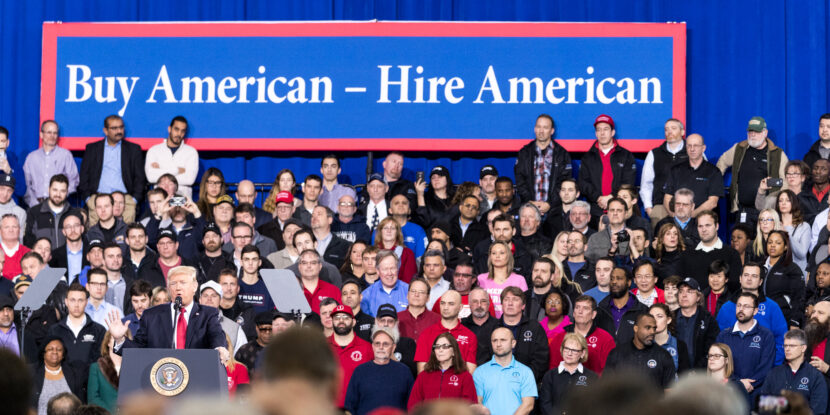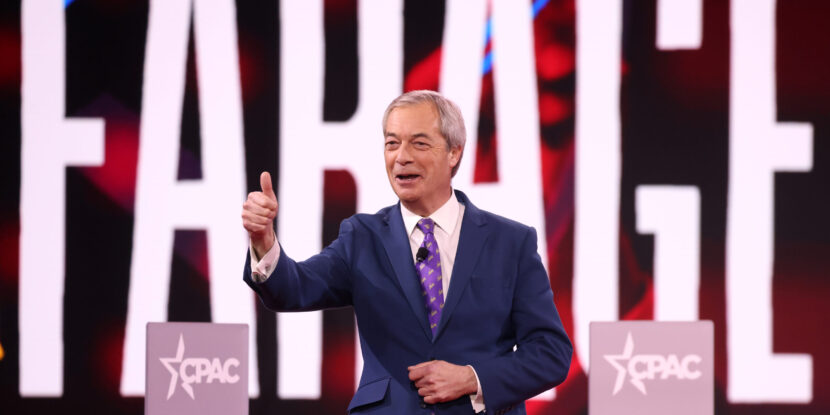❓WHAT HAPPENED: The European Commission proposed a 50 percent tariff on steel imports exceeding a reduced annual quota to protect its steel industry.
👤WHO WAS INVOLVED: European Commissioner for Industry Stéphane Séjourné, European Union (EU) trade chief Maroš Šefčovič, and trade association Eurofer.
📍WHEN & WHERE: Proposal announced on Tuesday; measures set to take effect after June 2026 if approved.
💬KEY QUOTE: “To save our steelworks & our European jobs: we halve our quota of steel imported from abroad; we double the customs duties (from 25% to 50%),” wrote Stéphane Séjourné.
🎯IMPACT: Aims to protect the EU’s steel industry from global competition, including low-cost exports from China and India, while addressing job losses and production declines.
The European Commission has proposed a 50 percent tariff on steel imports exceeding a reduced annual quota, aiming to bolster the European Union’s (EU) struggling steel industry. The current quota of nearly 40 million tonnes faces a 25 percent duty on imports above the limit, but this would double under the new proposal.
European Commissioner for Industry Stéphane Séjourné announced the measures on X (formerly Twitter), stating, “To save our steelworks & our European jobs: we halve our quota of steel imported from abroad; we double the customs duties (from 25% to 50%). This is the reindustrialisation of Europe.”
The EU steel industry has faced significant challenges, including high energy costs and competition from low-cost exports from nations like China and India. The bloc’s share of global steel production has fallen from 9 percent to 7 percent since 2014, with 100,000 jobs lost in the sector over the past 15 years, according to Eurofer.
EU trade chief Maroš Šefčovič highlighted the decline, stating, “We are the only region in the world where [steel] production is actually decreasing.” The proposal also comes amid concerns over U.S. President Donald J.Trump’s imposition of a 50 percent tariff on U.S. steel imports, which risks redirecting Chinese and Indian steel exports toward Europe.
If approved, the measures would take effect after the bloc’s current steel sector safeguards expire in June 2026. Brussels is also seeking closer cooperation with the Trump White House to counteract overcapacity in Chinese steel exports, which are expected to reach a record 120 million tonnes this year.
Image: CC-BY-4.0: © European Union 2023– Source: EP.
Join Pulse+ to comment below, and receive exclusive e-mail analyses.
